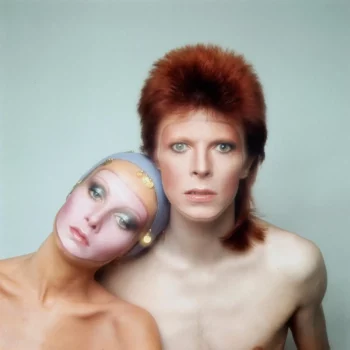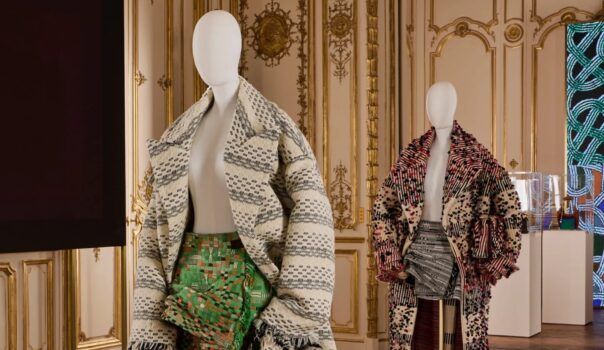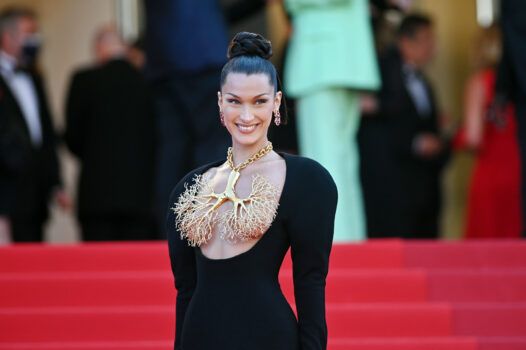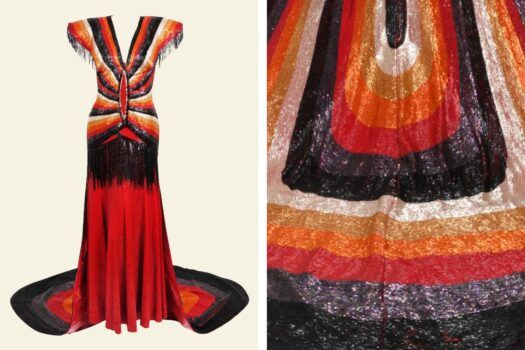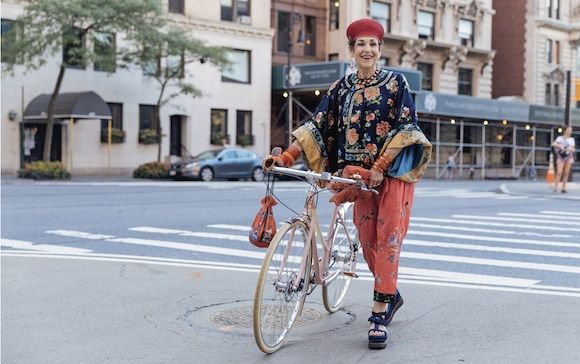
Photo by Melodie Jeng
A favorite subject of New York Times street photographer Bill Cunningham, Tziporah Salamon defined street style long before millennials laid claim to the genre. On the occasion of her first book, The Art of Dressing (Rizzoli), we spoke with Salamon about her long and surprisingly spiritual journey toward owning her look.
Born in Israel to Holocaust survivors, her family moved to New York when she was nine years old. Soon after, she changed her name to Lynn and told her father and mother — a professional tailor and a dressmaker — to quit with the bespoke wardrobe; she’d prefer to buy clothes from Macy’s. It was a short-lived yet ironic rebellion for a future style icon who would one day appear in Lanvin advertising, be celebrated on the blog Advanced Style and teach seminars on the art of dress (an unexpected path for someone who spent her career in the restaurant industry).
Salamon believes that personal style is about knowing yourself. She, and the 10 other women she profiles in the book, exemplify this. They are “all over the age of 50,” she writes, “because it usually takes that long to master this thing called style.”
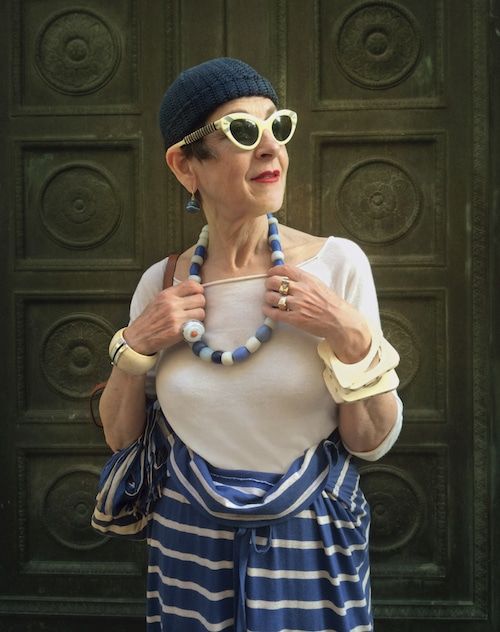
Photo by Janis Wilkins
Growing up in Israel, your father was a master tailor, your mother a dressmaker, and they made your clothes. What was that like?
I grew up with the clothes of a princess. Literally, a princess. My father would measure me. He took measurements of the shoulders, the sleeve — cut to perfection. My mother somehow made skirts for me that were like accordion pleats. How she did it, I have no idea.
And once a year there would be this holiday called Purim, in which kids get dressed in costumes. This was my mother’s opportunity to show her skills.
You describe some of those costumes in the book: Snow White, a Persian princess, one of the seven dwarves.
Right. And what’s interesting is that could have been enough — both parents sewing for me and the whole costume thing. I could have been the best-dressed girl in town forever and ever. But the way I see it, God really wanted me to be a thoroughbred, so he gave me one other goodie.
What’s that?
My aunt, Doda Yoli. My God, I adored my aunt. She was a mythical figure. She had impeccable taste and married the vice president of Neiman Marcus in Texas. She became a rich woman immediately and didn’t have to work. One thing she did was taught sewing to pregnant girls in San Antonio so they would have a trade. The other thing she did was shop. You know she got a discount. On a regular basis, packages would arrive from Neiman Marcus.
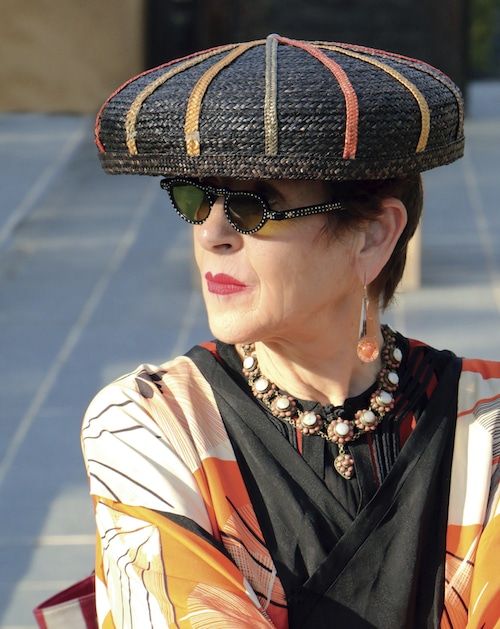
Photo by Janis Wilkins
Wow!
So I had the best clothes that hands could achieve — measured to perfection, fit like a glove, everything. From day one, I had on my back the finest of the finest.
Your parents had exquisite style as well. Didn’t they?
From my beautiful parents I learned what it means to be elegant. You have to understand, we were in Israel, which was a desert. It was beating sun and dusty. There were no roads. My mother and my aunts, if they only had one sundress, they washed it, they ironed it. They had sundresses on, high-heel sandals and fabulous hats, as they stood in line for food rations. Hollywood couldn’t touch the way these women dressed. And the men. They were so handsome.
Any other influences?
[The singer] Shoshana Damari who was a Yemenite, exotic gypsy. She gave me the love of the Arab — the part of me that looks like a little Moroccan boy. You know Muslim men ask me all the time, “Are you Muslim?” And I say, “Absolutely.” I’m all of it. I’m Muslim, I’m Jewish, I’m Christian.
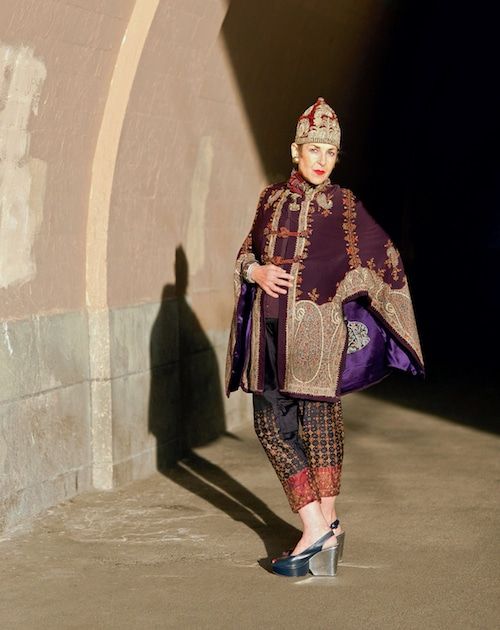
Photo by Janis Wilkins
It’s interesting, though, even with all that, your path to completely owning your style was a long one.
I saw [my ability to dress well] was a gift, but I thought it was superficial.
In Judaism, there is a notion called Tikuun Olam, which means “the repair of the world.” It defines how each one of us is to do our part to heal the world. I realized that one of the things I do best is dress. But I was kind of like, Oh my God, this is how I’m going to make the world better, by dressing? It didn’t make sense to me.
I even had a rabbi who said to me, “This is not theater. This is life. Take off the hat. Dress like everyone else.”
I didn’t go to temple for a year.
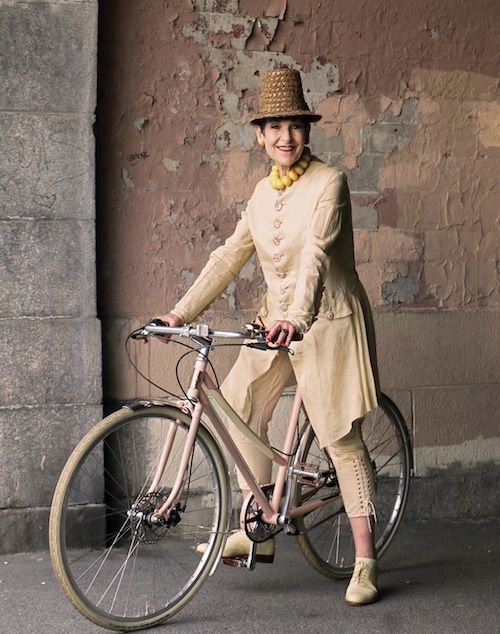
Photo by Janis Wilkins
And then you began spending summers at a Jewish spiritual retreat, Elat Chayyim.
It absolutely changed my life. Everybody is in Birkenstocks. And I am in Manolo Blahniks.
One Sabbath, everyone is in khakis and I’m in a white linen 1920s Hungarian peasant dress. The rabbi says, “Is there anybody who wants to dress the Torah?” Now, I never heard that you dress the Torah, but this sounds good to me. I raise my little hand. She picks me. She says, “Yes, I noticed you were a good dresser.” I’m telling you that acknowledgment was as big as the parting of the Red Sea. The fact that I was acknowledged by a rabbi was like, Whoa.
You also had a similar experience with the “the granddaddy of Jewish Renewal,” Reb Zalman Schacter-Shalomi?
What happens is the Zalman Reb comes up for his 75th birthday. I get all dolled up. It’s Friday night, tablecloths are on the table, flowers, we eat well. And I get dressed up in gold, oh my God. Zalman sees me and says, “You represent Hod on the tree of life.” Hod means splendor and humility. It was my second epiphany.
After two summers at Elat Chayyim, that’s when I owned it. That’s when I said, Okay, God, I’m taking it up.
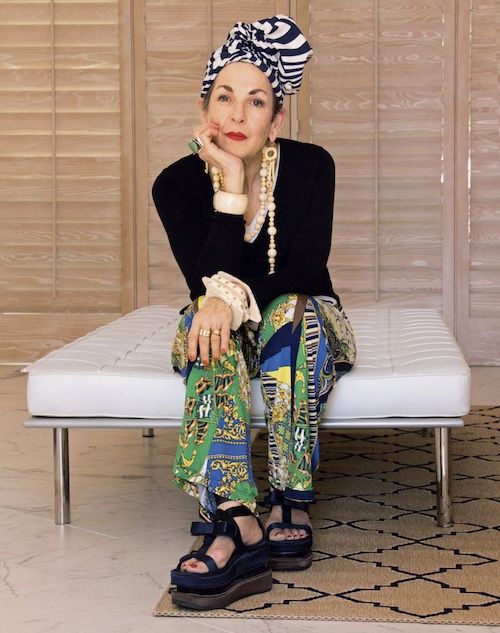
Photo by Janis Wilkins
How did you begin teaching the art of dressing?
On a holiday called Simhat Torah, which literally means “the joy of the Torah,” West End Avenue was closed to traffic because all the Jews were dancing in the street. It was before 9/11. A woman I know introduces me to an older woman named Lucie, a Holocaust survivor from Vienna, absolutely gorgeous. She ended up in New York working with Pauline Trigere. Trigere in America was as big as Coco Chanel!
We started seeing each other in the street. She says to me, “Look at you. You’re a work of art. Come teach my class. Bring the clothes.” So that’s what I started doing. She helped me envision that I could teach a course called The Art of Dressing.
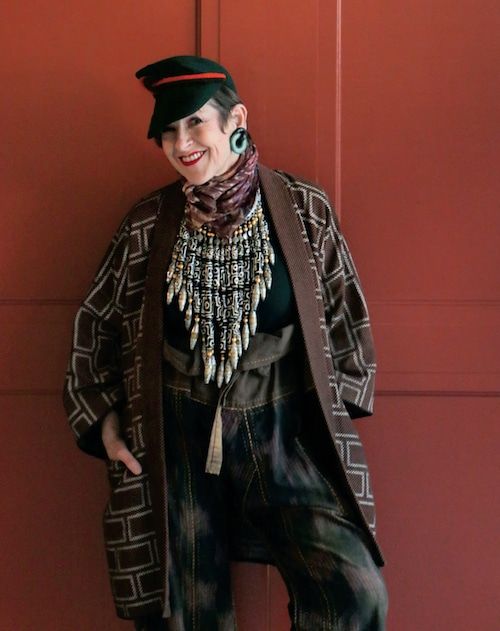
Photo by Janis Wilkins
Your book includes interviews with 10 incredible women, each with a unique personal style. Was there a quality that you all shared?
Yes. In order to have style, you have to have spirit. You can’t separate one from the other.
Can we end with advice on improving personal style?
Stretch yourself. Take it up one notch and then two notches and then three. You’ll see, you’ll get compliments, you’ll get smiles, you’ll get love. It is the best kept secret. Your life will open up, all because you dress better. And you’ll have fun. So, there you go, darling.







